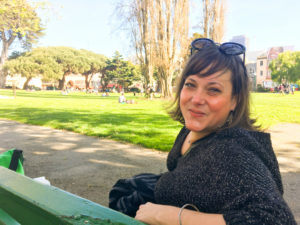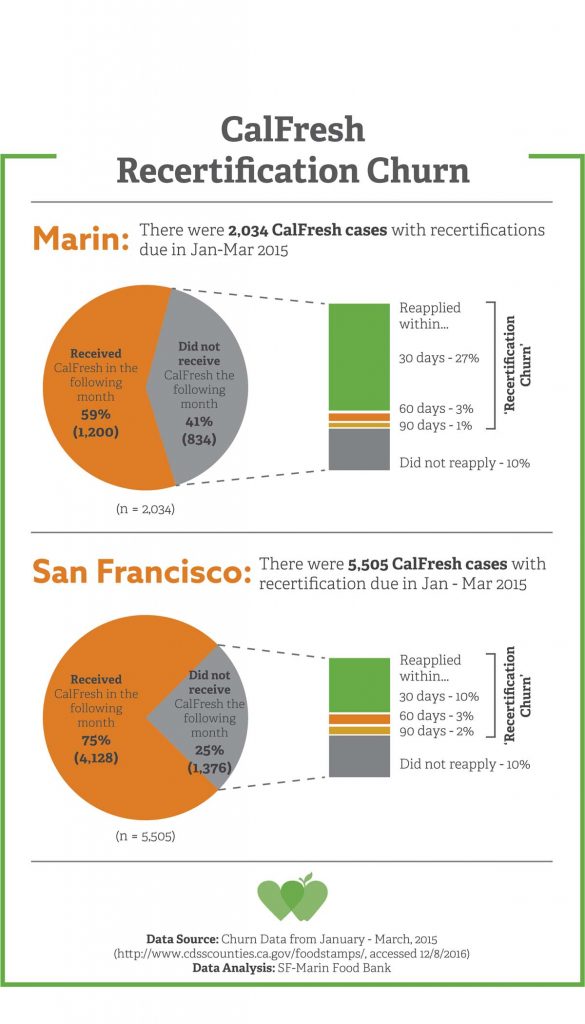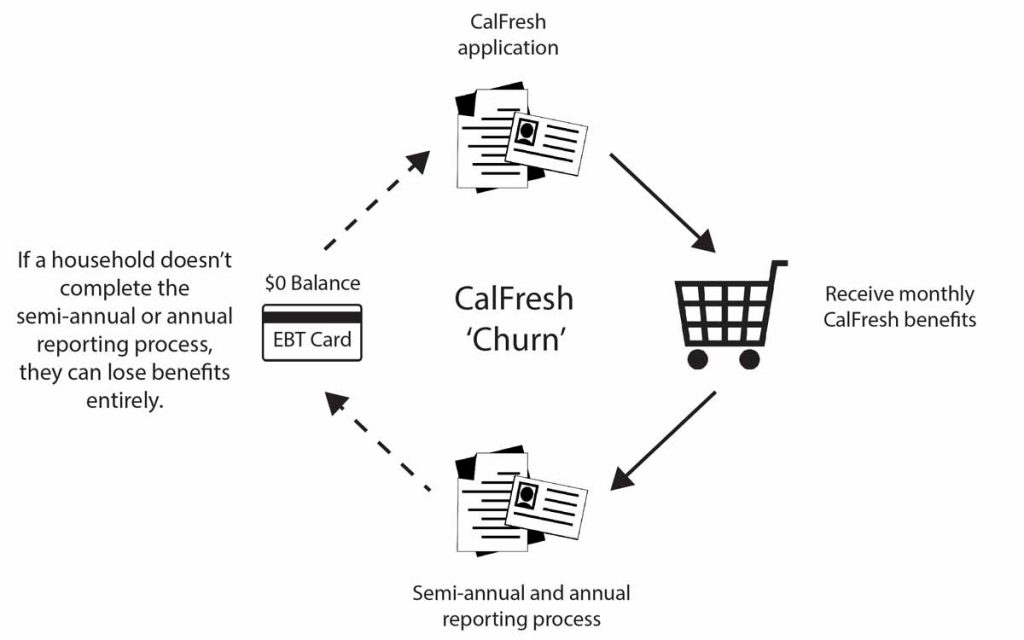2018 has been a big year for State budget advocacy. From a huge victory for seniors and people with disabilities, to greater support for food banks – we are grateful for our local legislators who have been allies every step of the way!
SSI recipients and CalFresh!
SSI (Supplemental Security Income) is a program that provides modest monthly grants to seniors and people with disabilities living on a low income. The maximum grant for an individual is about $910 per month. Due to a harmful state policy enacted in 1974, people on SSI have been barred from applying for CalFresh benefits. In fact, California was the only state in the country where being on SSI made you ineligible for CalFresh.
But this year – thanks to fierce advocacy from Californians for SSI, a coalition of organizations and SSI recipients from across California – the Legislature and Governor Brown took action to end this policy. Starting in the summer of 2019, SSI recipients will be able to apply for CalFresh!
“This is a historic victory for the 46,000 people living on SSI in San Francisco and Marin counties, and is the single biggest advancement in the fight against hunger in many decades,” says Becky Gershon, Policy and Advocacy Manager for the San Francisco-Marin Food Bank.
Meanwhile, living on SSI is still quite a struggle, especially in high-rent counties like San Francisco and Marin. Check out our latest video from an SSI listening session, hosted by St. Anthony’s Foundation:
Increased $$ for food banks!
Operating food banks requires infrastructure: trucks, refrigeration units, pallet jacks, forklifts, and all sorts of other equipment that helps to keep fresh groceries moving. Unfortunately, equipment can get old, and break down, but ask any food bank operations manager and they’ll say they’d rather spend money on food to nourish more people than upgrades to infrastructure. We started a postcard writing campaign, urging Governor Brown to set aside funding for Food Bank infrastructure, and it worked. The Governor approved $5.5 million in state funding this year to help food banks with the cost of upgrades!
We also sent postcards, signed by many of our supporters and volunteers, urging the Governor to include more funding for the CalFood program, which gives money to food banks to be able to purchase California grown foods. Governor Brown came through again, allocating $8 million to that program. Both funding measures will be shared among the 40+ food banks in California.
Thank you to all of you who signed these postcards during volunteer shifts in our warehouse, or those who signed our email petition. We believe that this collective effort played a role in the Governor’s decision-making.
Stay Connected!
Throughout the rest of the summer, the Food Bank’s Policy and Advocacy team will be working hard to promoting more State legislation that we have identified as important steps towards ending hunger. You can see the full list here. We also urge you to sign up for our Advocacy Alerts, so you can help us spread our message at critical moments. Finally, stay engaged and get instant updates by following us on Twitter at @SFMFB_Advocacy.


 Bad luck and broken dreams
Bad luck and broken dreams Right now, Monet juggles a full class load with a full-time job to put herself through school. But with the skyrocketing cost of housing, she has trouble making ends meet.
Right now, Monet juggles a full class load with a full-time job to put herself through school. But with the skyrocketing cost of housing, she has trouble making ends meet.

Share